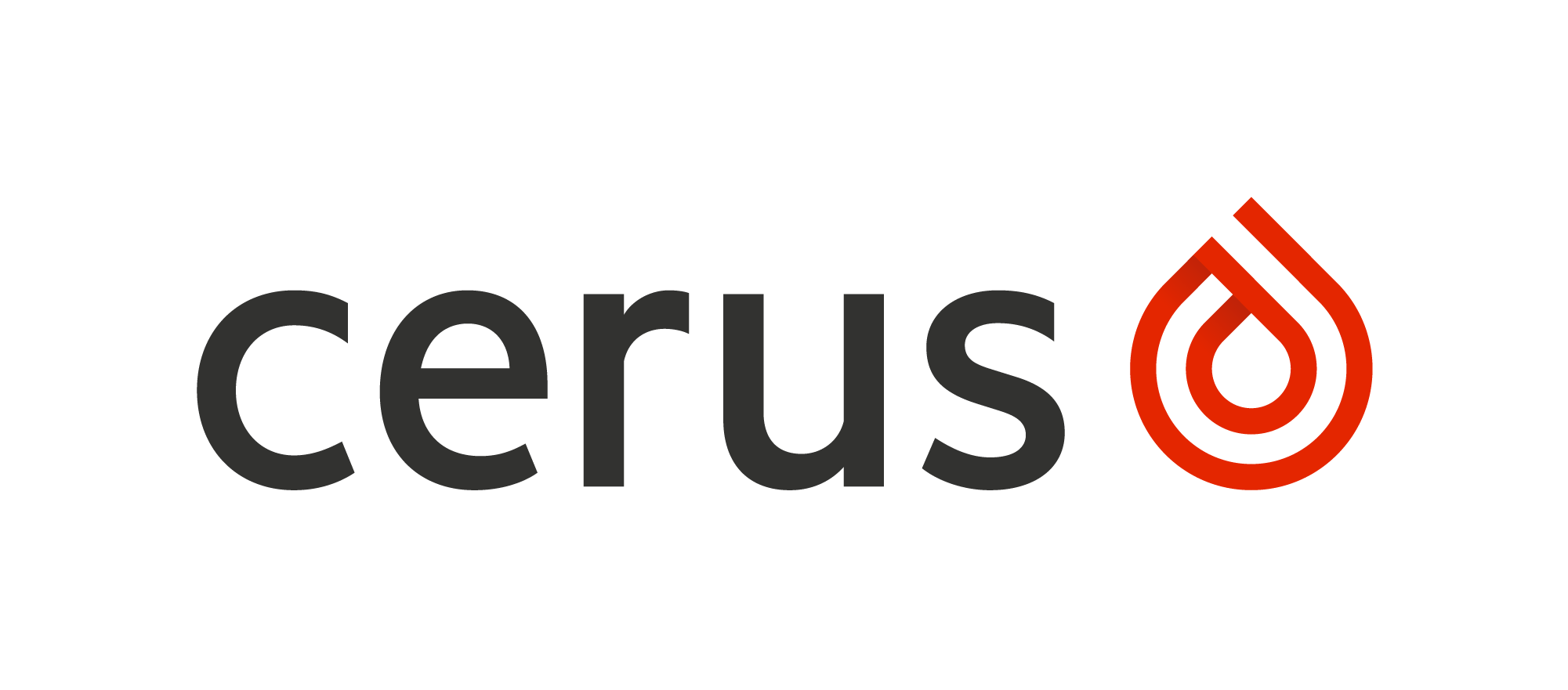How to bring bacterial risk control strategies within financial reach?
If you made up your mind which bacterial risk control strategies makes most sense, obtaining funding for it remains often a challenge, also cost effectiveness of additional blood safety measures is sometimes challenged. If pathogen inactivation with the INTERCEPTTM Blood System is your preferred bacterial risk control strategies this section may inspire you to bring it within financial reach.
Strategies to minimize budget impact
Filip De Groof | Marketing Consultant | Cerus Europe BV
While an initial investment is required to implement pathogen inactivation, multiple options are available to offset costs and reduce net investment. What are the options and how much can they contribute to minimizing the budget impact for a blood center? If we consider budget impact and clinical benefits, what is the cost-effectiveness of pathogen inactivation and how does it compare with other blood safety measures introduced in the last two decades?
Case study | Blood Centre Perspectives
Konrad Rosskopf | Dr. | Department of Blood Group Serology and Transfusion Medicine | Medical University and LKH-Univ. Klinikum Graz
The Blood Center in Graz is one of the first centers worldwide to have optimized pathogen reduction for platelet concentrates from both a product quality and economic perspective. Results of almost 3 complete years of pathogen reduction are compared with a historic control of 3 years before implementation. You will receive insights from results of the initial validation study, the revalidation of the process, routine quality control results and aspects which drive the economic impact of pathogen reduction.
Case study | Hospital Perspectives
Florian Kron | Prof. Dr. | Centrum for integrated Oncology | University Hospital Cologne
Innovative therapies are associated with high-cost treatments and procedures. Especially in the field of oncology, inpatient treatment is the primary cost driver with high-volume resource consumption in medication and drug administration. Thus, cancer centers need to manage oncology cases in terms of cost and reimbursement. We will review a multidimensional evaluation of the ´economic burden` from a cost and reimbursement perspective in severe oncological diseases. Finally, we will discuss financial challenges and future opportunities for cancer centers.
Case study | Health Economist Perspectives
While pathogen inactivation has many benefits, the technology itself is associated with increased costs. Previous studies have been conducted to assess the costs or the cost-effectiveness of pathogen inactivation systems, these studies captured various elements of significance for pathogen inactivation systems; however, no single study has combined all elements of significance for pathogen inactivation systems into a comprehensive cost-effectiveness analysis. Discover the key drivers for cost-effectiveness of the INTERCEPTTM Blood System for platelets.
- United States Government Food & Drug Administration (FDA). Fatalities reported to FDA following blood collection and transfusion: Annual summary for FY 2017.
- Hong H, Xiao W, Lazarus HM, Good CE, Maitta RW, Jacobs MR. Detection of septic transfusion reactions to platelet transfusions by active and passive surveillance. 2016;127(4):496-502.
- Benjamin R.; Transfusion-related sepsis: a silent epidemic; Blood, 2016; Volume 127, Number 4
- Domanovic D.; Prioritizing of bacterial infections transmitted through substances of human origin in Europe; Transfusion 2017;57;1311–1317
- White K.; Bacterial contamination rate of platelet components by primary culture: a systematic review and meta-analysis; Transfusion 2020;60;986–996
- Walker S.; Residual bacterial detection rates after primary culture as determined by secondary culture and rapid testing in platelet components: A systematic review and meta-analysis, Transfusion. 2020;60:2029–2037.
- Summary of the 2020 annual reporting of serious adverse reactions and events for blood and blood components; European Commission, Directorate-general for health and food safety.
- Eke PI, Thornton-Evans GO, Wei L, Borgnakke WS, et al. Periodontitis in US adults: National Health and Nutrition Examination Survey 2009-2014. J Am Dental Assoc 2018; 149: 576-88
- Christian Damgaard, Susanne G. Sækmose, Martin Nilsson, Mogens Kilian: Periodontitis increases risk of viable bacteria in freshly drawn blood donations. Blood Transfus 2021; DOI: 10.2450/2021.0336-20
- Summary of the 2011 - 2020 annual reporting of serious adverse reactions and events for blood and blood components; European Commission, Directorate-general for health and food safety.
